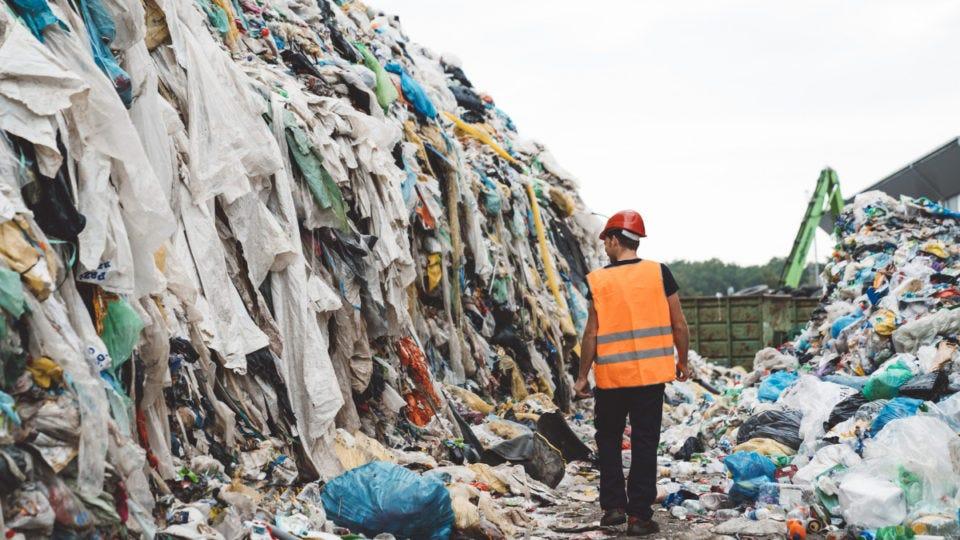Pages and pages of $5 t-shirts, $8 jeans and $12 shoes fill Shein.com, a popular fast-fashion website.
Over the years, Shien has gained popularity with the rise of social media and has faced backlash from those who have looked deeper into the company’s business practices.
Founded in 2008 in Nanjing, China, Shein in recent years has become the top-searched clothing retailer, according to an article from TIME Magazine . Its founder, Sky Xu, is an elusive multi-billionaire with many combatting stories of who he is. Xu was born in the Shandong province of China and went to Qiandao University of Science and Technology, according to an article from theorg.com. Some say he was born in the United States and went to George Washington University, according to an article from The Guardian .
The rise of Shein started in 2020, when quarantined fashion-lovers began to make huge purchases of low-priced clothing from the website. In 2020 alone, the company earned $10 billion in revenue, according to an article from Business Insider . The revenue had an exponential increase in the coming years and had grown to over $100 billion by 2022.
Shein puts out an average of 2,800 new styles a week onto their website, and the average price for any one clothing item is $7.90, according to the article. Due to its low prices and high volume of items, Shein is estimated to get over 880,000 sales per day, with the average sale being $75, according to an article from TIME Magazine .
Recently, rumors have been going around that Shein will close down its website due to the mass amount of controversy it faces.
While the company has major success in its earnings, they receive heavy backlash from those who look into their business model. Shein uses the fast-fashion business model to produce such a high volume of sales. This means that they will adhere to the current trends, and try to produce clothing items that are popular.
Professor of textiles, fashion merchandising and design at the University of Rhode Island Saheli Goswami says that the fast fashion industry runs on consumers’ wants.
“Fast fashion is the whole notion of responding to customers’ demands as soon as possible,” Goswami said.
Shein will create new items, but only manufacture them in small quantities and wait to see if those items sell well, Goswami said. They then will mass produce the most popular items, and keep adding new products to the website to start the process back over again.
Associate professor of textiles, fashion merchandising and design at URI Karl Aspelund said this lucrative system finds its profit through its speed of production.
“We try to get stuff to market as fast as we can, only what we need, only what sells,” Aspelund said. “So we manufacture in small units, get it to market, three weeks later that’s gone [and the] next thing is in.”
This leads to a high demand for the raw materials used to make fast-fashion clothing, but these companies don’t have the means to use high-quality, natural materials and fibers for the volume of clothing they are producing. This means that they turn to synthetic fibers that are created in factories using chemicals.
When fast fashion became the norm for society, the manufacturers had to find a way to produce materials as fast as they could, according to Goswami.
“We control the speed of the process,” Goswami said. “We control the volume of the outcomes.”
Shein produces as much carbon dioxide emissions in its 6,000 factories as 180 coal-fired power plants combined, according to “Synthetics Anonymous 2.0,” a webinar on sustainable fashion.
In addition to the original amount of emission released by the factories, the quality of the clothing leads tons of its products straight to the trash after just a few wears.
Aspelund says that he has owned the same coat for almost 20 years, and it is still in near-perfect condition.
“We need to start going away from fast-fashion,” Aspelund said. “We need to start going towards durable fashion.”
Since it uses cheap and artificial materials, Shein clothing is often thrown aways after a few uses and can not be recycled into anything new. This means it will go straight to a landfill and will take years to decompose.
Many people also cite the poor working conditions for Shein workers as an area of controversy. Goswami mentioned that the creation of the fibers needed to make the clothes emits harsh chemicals that have harmful effects to the health of the workers creating them.
“It is so bad that the creation of rayon is actually forbidden in the U.S.,” Goswami said. “But we are still consistently, happily, guilt-freely producing it in other parts of the world, putting our peers at risk.”
Even though there are risks associated with working for fast fashion companies, Goswami said that completely getting rid of Shein would not necessarily help its workers. Shein employs over 10,000 people, according to their website. These employees are mainly in their factories, and by shutting down, they would all be out of work. Turning to only sustainable fashion would also cause a mass change in the global economy.
“We would be depriving the other sector of the world, the developing nations, of the opportunity of being a global player,” Goswami said.
There has been no evidence of Shein shutting down, despite the rumors circulating the internet. As of right now, Shein will continue to profit from its devoted consumers.

